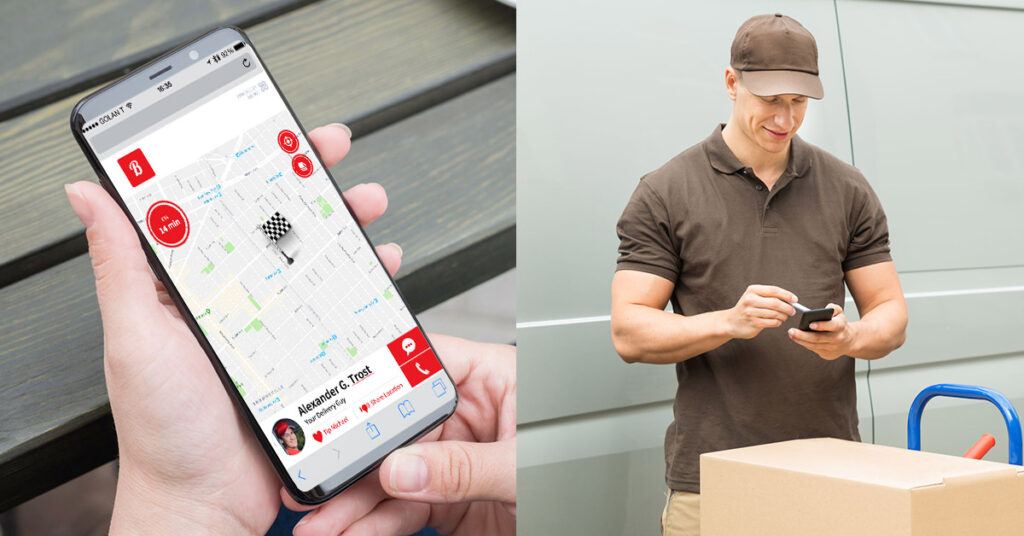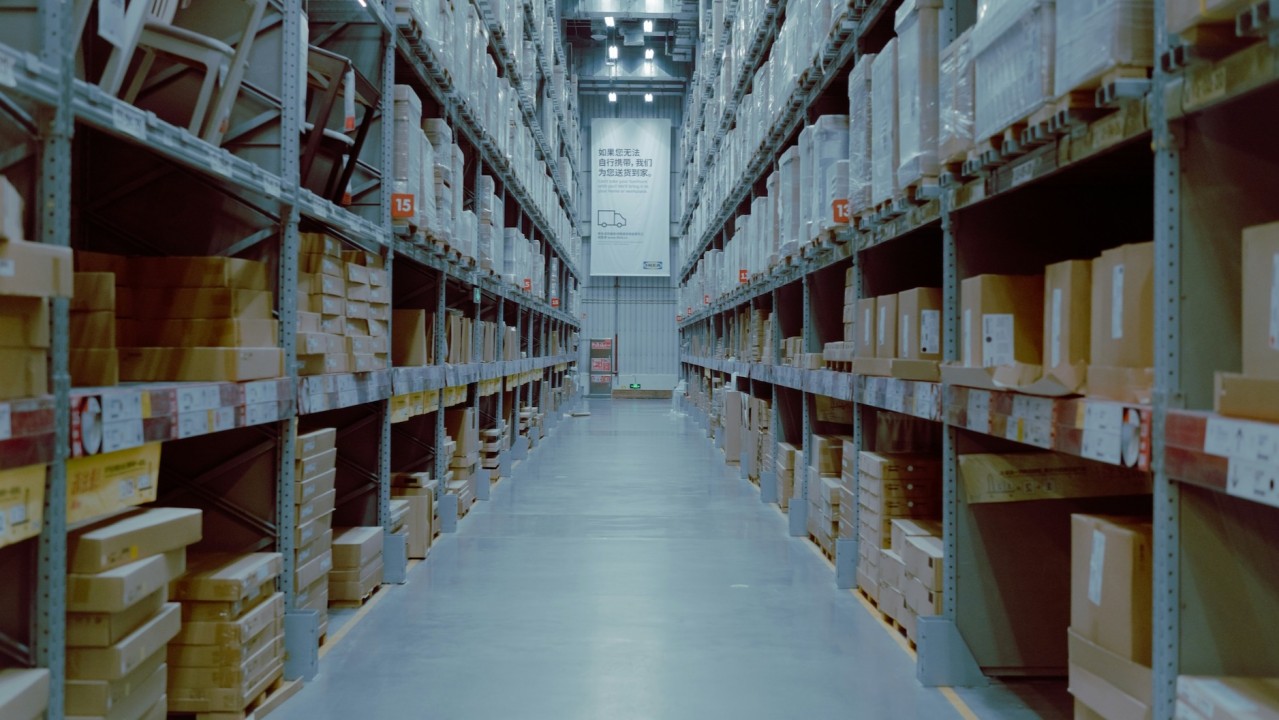[vc_row][vc_column][vc_empty_space][vc_column_text]When we look at the industry leaders, the forecast for the logistics market is clear. Amazon’s continued success at omnichannel delivery and fulfillment, including one-day delivery for Prime subscribers, has increased the pressure on retailers and shippers to provide faster, lower priced, more convenient delivery and fulfillment. They, in turn, look to their 3PLs, carriers and logistics providers as key partners in meeting these expectations and launching new delivery models. The raised expectations, coupled with the current wave of demand driving parcel and package delivery, is driving innovation across the market.
While these changes include the promise of good consignee experiences, shippers also need more from their 3PL logistics provider partners, including better delivery SLAs, lower pricing, more convenient pickup, visibility into delivery progress, and more.
At the same time, these innovations cannot come at the expense of your long-term growth and profitability. If you need to manage more drivers or contractors in order to promise greater delivery volume or faster delivery times – a difficult process to begin with – these changes must be managed so that they improve your bottom line, and not just the shipper’s.
As a 3PL or logistics provider, the question you should always try to answer is, ‘how do I help my customers better compete in this evolving last mile delivery world’?
The answer is clear: Find ways to do more, with less.
Automation Software for 3PL and Logistics Providers
Are you using software to increase efficiency across the entire supply chain?
Every business wants data on their delivery operations, but some will want updates every half an hour, others every ten minutes and many in real time. Some will have integrations built to transfer data from your system to theirs, while others will want a 3PL to manually input data into their system or portal.
Sounds inefficient? It is. And costly. And difficult to scale.
Similarly, working with contractors may expand your geographic reach or delivery volumes, but training contractors and external drivers takes a long time. That process is exacerbated if you or they are limited to pen-and-paper planning, dispatching or other operation.
That’s where automation comes in. Every logistics provider and 3PL can improve efficiency by utilizing software that can automate and speed up their logistics processes.
Make sure that any software solution you’re evaluating addresses these points:
- Can you automate driver management?
- Do you provide solutions that help drivers complete tasks more efficiently?
- Can you get automated visibility into inventory and middle mile product tracking?
- Can you allow consignees to set their own delivery appointments?
- Can you offer accurate delivery windows, based on the availability/capability of the driver/fleet, the order item and the time required for each stop along the driver’s route?
- Do you have a seamless returns flow?
All of these requirements add cost to your operations and can cause a lot of heartburn. Automating these processes will increase efficiency for both the shipper and logistics provider.
Driver Management

Are you managing drivers and vehicles in the most efficient and cost-effective way?
To deliver more – and more intelligently -, you must make the best use of external contractors drivers and vehicles, as well as your internal fleet.
Staging and loading
Efficiency and excellent delivery experiences start in the warehouse, before the orders are even loaded into the truck. Are drivers synchronized with the warehouse, or do they sit waiting for an available loading dock? Are you loading each vehicle to full capacity? Are you loading it in the appropriate order? How long does it take to load each vehicle? How long do drivers spend in the warehouse, before even beginning their routes?
Syncing your staging, delivery prep and loading processes can speed up loading and unloading times, and can help drivers deliver more in the same amount of time. Using automated tools for fast scanning of multiple orders can also speed up the loading process. Similarly, optimizing vehicle loading based on their 3D capacity, and dispatching orders based on maximum vehicle weight or volume – will ensure you get as many orders out in as little time or expense as possible.
Driver planning and scheduling
Introduce automated driver planning, scheduling and dispatch software that allows you to plan and dispatch orders to fleets based on your business logic – the price to deliver, distance, time, etc. – as well as on individual driver skills.
These driver management applications should take regulatory requirements and driver breaks into consideration for dispatching and routing.
For example, if drivers can’t drive more than a certain number of miles before a break, that restraint should factor into which drivers are chosen, and how many orders they have to deliver before each break. Digitizing and automating these factors helps optimize driver planning and dispatching, and prevents unexpected delays that could stop orders from reaching customers on time.
The same logic of digitization and automation applies for helping contractors and master contractors manage their teams. Provide advanced partner management toolsets that allow contractors to manage driver shifts and allocate orders to their drivers, with visibility into their teams’ performance.
If these partner toolsets are part of your overall technology, it should give you an overview of driver performance that helps you improve last mile carrier allocation and delivery performance, something which both shippers and consignees will appreciate.
Driver Retention and Speed of Onboarding
Are you using technology to remove friction and keep your best employees?
Despite the economic downturn, logistics providers are hiring in force to deal with the additional eCommerce demand. Improving efficiency and retention for these employees is one of the best ways that providers can bring down costs. Also, in order to attract independent contractors, 3PLs need to provide tools and driver experiences that make them a partner of choice.
Look for automated driver applications and logistics solutions that support your customer service team, dispatchers and drivers to do their jobs quickly and efficiently – the essence of doing more, with less. This includes master contractors, as well as external fleets.
10 Ways a Driver App Can Help Drivers Speed Up Delivery:
1. Delivery Setup – Manage the loading, vehicle assignment and order creation processes through a driver app that’s synced with your backend systems for faster turnaround
2. Fast scan – automate scanning to process more barcodes in less time when loading or unloading the vehicle
3. Inventory management – give drivers tools to add missing inventory, remove damaged items, and manage the chain of custody faster
4. Driver Shifts – Let drivers add or update their shifts from the same interface that they use to manage deliveries
5. Delivery flows – Automate delivery flow so that drivers and specialized roles – technicians, for example – can easily see what they need to do for each order, based on the shipper’s requirements, and act on it quickly and accurately while maintaining digital proof of service or delivery
6. Real-time Visibility and Communication – Share information and contact customers automatically, without wasting time looking for data or contact details
7. Earnings – Show drivers exactly how much they’ve earned per delivery, shift, or custom time period
8. Upsell – have drivers perform additional services on the fly while creating the service invoice with a tap on the screen
9. Accurately measure delivery times – Have accurate data for time on site, time to deliver and time on base to more accurately plan routes
10. Gamification – Use your driver app to challenge drivers to better delivery times, or to get more orders out
When software is user-friendly and customized to what your drivers need, it will both speed up the onboarding process and keep your teams happier and more productive.
Flexibility to meet shipper needs and adapt to change
Ask yourself, is my business offering the operational flexibility that my present customers need?
While providing a great consignee experience is one key element of success, an equally important consideration is the ease of doing business with your organization. How seamlessly do you integrate with your shippers’ systems? Are you providing the right real-time information sync? And how much friction is there in your operational interactions between the shipper and your offering? Are you able to offer and meet faster delivery times or more narrow delivery windows?
Look for software solutions that increase your operational flexibility and reduce friction in your integrations. This will not only make it easier for you to adapt to multiple customer’s needs, but also reassure shippers that if their business changes, you can quickly react.
Reinventing your services
Are your operations agile enough to offer new services as requested? Are you set up to adapt as your shippers’ needs change?
Every shipper – even those in the same industry – have different operating procedures and needs. These needs will change over time, and you need to meet them.
For example, FedEx is shifting channels and increasing B2C shipping in the near future through Fedex Freight. The expansion of the company’s big and bulky offerings will help it meet the growing market for white glove delivery. USPS has had to replace diminishing first-class mail volume with parcel delivery in order to stay viable in our ever-changing world.
Are you set up to pivot business models as quickly?

Every time a new disruption or wave of technology enters the market, delivery expectations change. You need to add capabilities based on what’s expected in your market. Shippers have understood this for a while, which is why 93% believe that 3PL and logistics technology is key to their success.
Shippers already expect to be able to offer their consignees one-day delivery, accurate delivery windows, and delivery beyond the front door. Are you flexible enough to address these changing requirements?
Now think about this:
Your business will look completely different in another five years. Since you don’t know what those changes will be, you need an open technology that will allow you to grow efficiently in any direction, and modify your services to best support your shippers as they compete in this new world. The challenge is how you can future proof your offering by embracing logistics management software that will grow and adapt with you. Replacing your technology partners every few years is simply unsustainable.
* * *
Providing a broader array of flexible service offerings will ultimately come down to the efficiency and cost-effectiveness of your operations. If you want to implement technology to achieve these goals, start by making sure it addresses these critical questions.[/vc_column_text][/vc_column][/vc_row]



